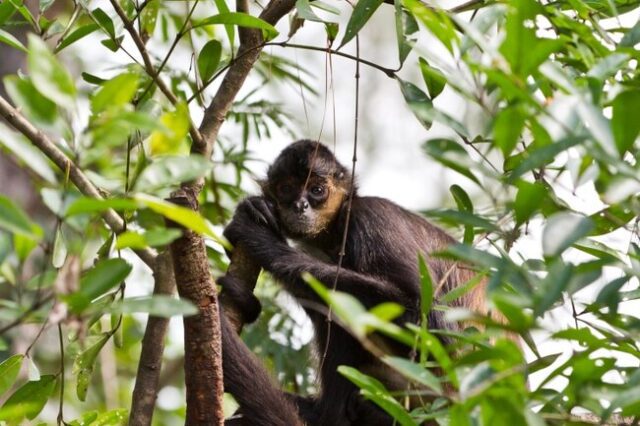
Researchers estimate that human activities have driven over 100,000 species to extinction, far surpassing the 777 species officially recorded by the International Union for Conservation of Nature (IUCN) since 1500. The challenge in determining the precise number of extinctions lies in the fact that the IUCN’s records began only in the 16th century, and they have assessed less than 5% of known species. As a result, many species may have gone extinct without ever being documented, especially in understudied regions like tropical forests. The difficulty is compounded by the fact that some of the most diverse groups, such as insects, are less likely to have their extinctions recorded compared to more visible animals like mammals and birds. This knowledge gap has led scientists to believe that the actual number of extinctions could be vastly underestimated.

To address this uncertainty, researchers like Robert Cowie have used innovative methods to estimate the true scale of extinctions. Cowie and his colleagues analyzed extinction rates in specific groups, such as land snails, and extrapolated these rates to other species, leading to an estimate that 100,000 species might have gone extinct in the last 500 years. Although this method has limitations, it provides a more comprehensive picture than the IUCN Red List. Cowie suggests that a more reasonable extinction rate might be around 100 extinctions per million species per year (E/MSY), a figure that highlights the devastating impact humans have had on biodiversity. While some scientists, like John Alroy, caution against trying to pinpoint an exact number due to the complexities involved, they agree that the current extinction rate is alarmingly high and is exacerbated by human activities. Regardless of the same figures, the consensus is clear: human impact has significantly accelerated the extinction of species, with potentially catastrophic consequences for the planet’s biodiversity.
















